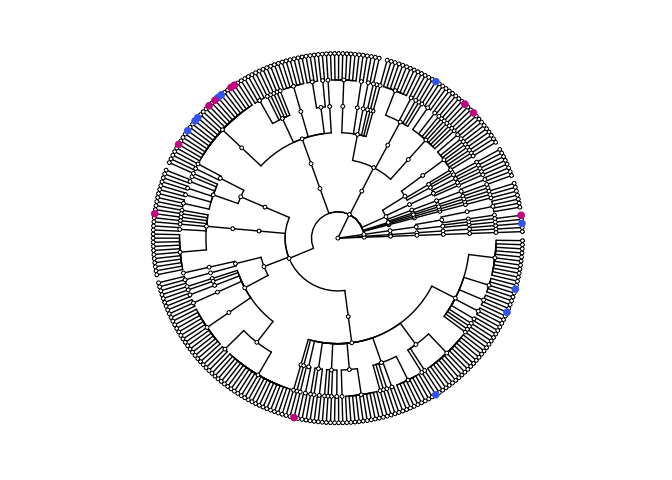Bayesian Modeling of Microbiome Data for Differential Abundance Analysis
The advances of next-generation sequencing technology have accelerated study of the microbiome and stimulated the high throughput profiling of metagenomes. The large volume of sequenced data has encouraged the rise of various studies for detecting differentially abundant taxonomic features across healthy and diseased populations, with the ultimate goal of deciphering the relationship between the microbiome diversity and health conditions. As the microbiome data are high-dimensional, typically featuring by uneven sampling depth, overdispersion and a huge amount of zeros, these data characteristics often hamper the downstream analysis. Moreover, the taxonomic features are implicitly imposed by the phylogenetic tree structure and often ignored. To overcome these challenges, we propose a Bayesian hierarchical modeling framework for the analysis of microbiome count data for differential abundance analysis. Under this framework, we introduce a bi-level Bayesian hierarchical model that allows a flexible choice of the count generating process, and hyperpriors in the feature selection scheme. We particularly focus on employing a zero-inflated negative binomial model with a Bayesian nonparametric prior model on the bottom level, and applying Gaussian mixture models for differentially abundant taxa detection on the top level. Our method allows for the simultaneous modeling of sample heterogeneity and detecting differentially abundant taxa. We conducted comprehensive simulations and summarized the improved statistical performances of the proposed model. We applied the model in two real microbiome study datasets and successfully identified biologically validated differentially abundant taxa. We hope that the proposed framework and model can facilitate further microbiome studies and elucidate disease etiology.
PDF Abstract